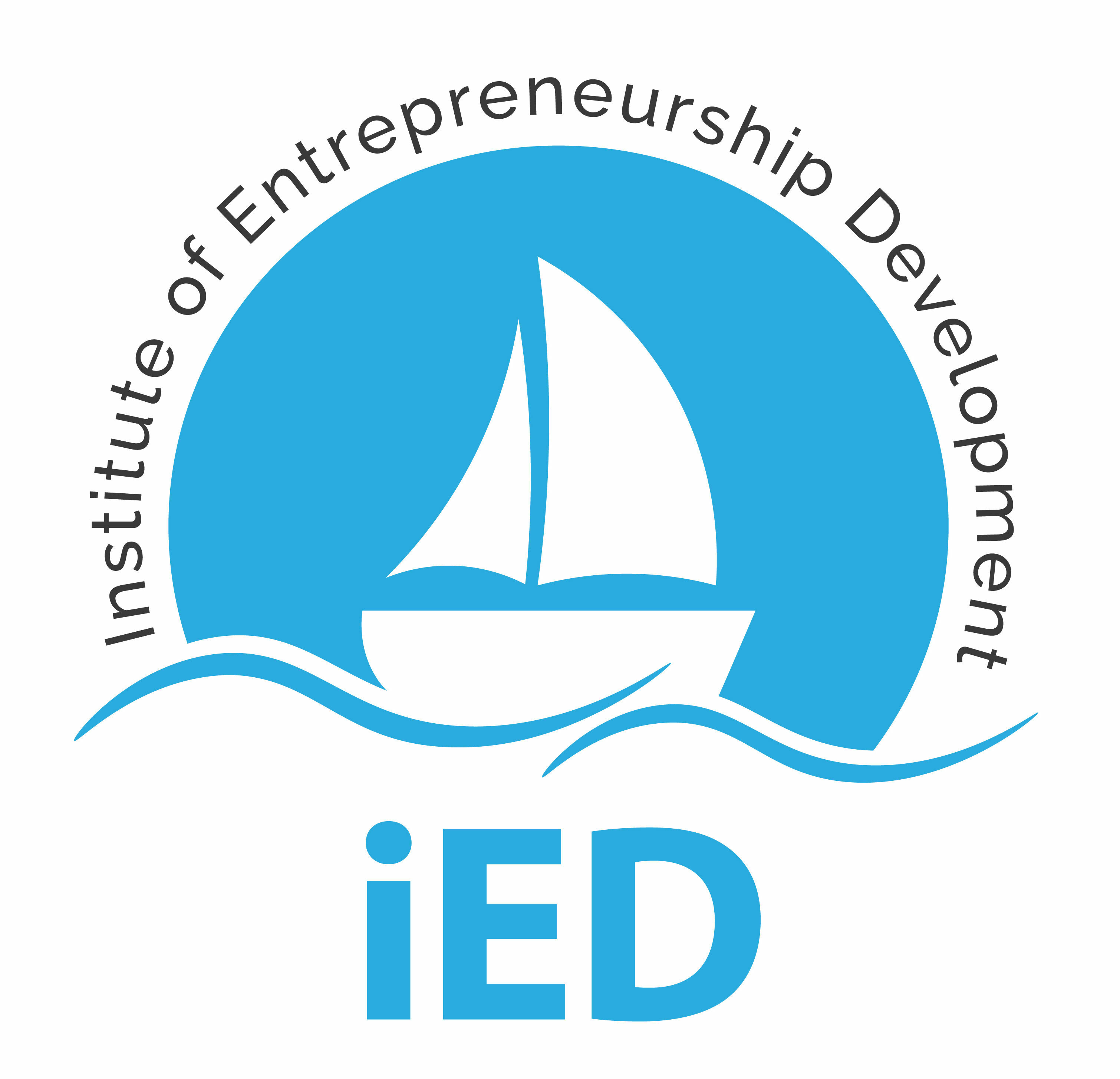Europe will dispense €2.018 trillion (€806.9 billion from Next Generation EU) during the 2021-2027 Multiannual Financial Framework (MFF) to power the EU’s recovery. This will allow plenty of organisations to have an impact through their EU funded research projects. This widespread availability of EU funds creates several opportunities for your organisation to submit applications to open calls. However, this process can be made much easier and increase your success by making your organisation a partner of choice in EU funding. A strong partner consortium is essential in European project management, especially regarding Horizon Europe partnerships, where research and innovation are the projects’ backbone. Being a Horizon Europe partner of choice is something more than just being partners. It is the conscious establishment of a long-term partnership based on a partner’s value proposition.
Our further tips will help your organisation to stand out and become a partner of choice in Horizon Europe and other EU-funded programmes.
Present your organisation effectively to create a good first impression
They say that the first impression is the last impression. That is why the first meeting is key to becoming a partner of choice for others and starting fruitful EU funding partnerships. In this first interaction, you need to show your expertise, confidence and instil trust in others. For this, you must be well prepared before a meeting and know what you want to say and who you want to approach.
Stick to the context and make it relevant
Before introducing yourself, you need to understand the room. In general, you must be aware of the context, like the place or why the gathering takes place. Every case is different, so you should understand and adapt to each environment you are in.
Talk about who you are and what you do
Start with a brief description with basic information about you, which is always important. A name and a professional title in a simple sentence are more than enough for your introduction.
Talk about your contribution
Your contribution will add value to any organisation’s activities and actions. Moreover, do not hesitate to talk about your achievement and how you contributed to previous teams of EU-funded projects.
Go beyond your title
Most of the time, your title does not explain exactly what you do, so practice mentioning more information about your responsibilities.
Prepare what you are going to say
Check the organisations you want to approach and take notes of some key activities in which you are interested. Try to practice your points, pitch, and presentation. Add some lines about yourself and your organisation.
Body language
In face-to-face interactions, online or physical, body language is the key to keeping your speakers’ attention after your words. Do not underestimate the e-meetings because body language is extremely important as well.
Maintain a complete public profile and be in the spotlight
With the rapid evolution of technology, your organisation needs to be present on various digital channels like social media platforms. This is necessary to highlight your skills, achievements, and general information about yourselves.
Usually, after your first meeting with an organisation, they will search your name on Google or social media like LinkedIn. Whatever they find must correspond to the reality and whatever you said in your meeting.
That’s why your social media profiles should be professional to be a partner of choice in EU projects. The content you share, the frequency and your profile information should reflect the image you want to show to others.
However, your online presence should not be limited to social media but also include other platforms and digital ecosystems. For example, LEAR – where you can make expertise offers and requests based on whether you are available to join a call or are looking for potential partners or EPALE – where you can join public groups on various topics, share ideas, exchange good practices, find partners, or create your own space for blended mobility and cooperation projects. Yet again, the information should be clear and the same across all your profiles.
Communicate your project ideas
There are two ways one can join an EU funding collaborative project. You can join a consortium based on someone else’s idea (where being a partner of choice goes a long way) or develop your project idea. In that case, you should use an EU networking platform like EUcalls, where you can match it with existing calls for proposals or share it in social media groups for others to see.
To share your ideas effectively, you need to pay attention to a couple of things first:
- Choose whether to share your idea in a draft or a complete format
- Decide the appropriate keywords to align with the main topic of your idea
- Consider creating a concept note (a document analysing the idea and proposing solutions to the problem)
Join ideas and collaborate with others
Many organisations are sharing their ideas online with the hope of finding EU partners to collaborate in their projects. That is why you must carefully choose the keywords used in your project ideas to be found easily and by relevant organisations.
Having found an idea, you can now begin analysing it. This will help you identify your value proposition in each project, decide how it can help in your future actions, and how it aligns with your goals.
Going forward, you must get in touch with the organisations behind these ideas and explain the above to them. At this point, you should not hesitate to propose a short call with them to ask them questions or answer theirs.
Actively promoting your ideas or expressing your interest in joining other project ideas (in no spammy way) can make you seem dedicated, serious, and professional. At the same, seeking new opportunities should be something you do non-stop. Finding new projects and ideas combined with knowing how to sell yourself and your organisation can make you a partner of choice for EU grants.
Find the right partners and connect with them
Your organisation is not the only one trying to establish itself as a partner of choice or searching for quality partners for collaborative projects.
You should have a project portfolio to increase your chances of being selected as a partner. A portfolio highlights your important work in previous projects and shows your expertise. This is also your unique selling point (USP) that sets you apart from the competition.
With little EU funding experience, the right partners are crucial to get you into more EU project consortia and start building your portfolio. But to find the right partner, you must first have a vision of where you want to go and understand your needs.
Here is a trusted process you can also follow to find partners:
- Search on platforms and social media (like LinkedIn) for potential partners and check their profiles.
- Identify keywords, categories, and filters that are relevant to your search.
- Use the above on the EU Funding platforms or the Commission’s official platform to find more information about their activities.
Connect with your partners of choice
Having found a possible partner, start thinking about how you would like to work with them. Nevertheless, connecting with someone and engaging in talks with them for European partnerships may take time and require various communication channels.
A fruitful communication should always start and continue with authenticity and a willingness to create value and engage by exchanging knowledge. What is more, you should listen to what the speaker says throughout your conversation and take note of some of the focus points during your call or face to face interaction.
After your meeting, try to find a good reason for a follow-up email or a call. You should always follow up with people or organisations as soon as possible with a thank you, a proposition, useful information, feedback, compliments, or any request that can show your interest and the value you can share. Finally, you should not forget to follow their social media accounts.
In this article, we have included several steps that you can follow to position yourself as a partner of choice in EU funding. Of course, these are only some ways you can participate in more EU funded projects. For example, you can also participate in various networking events for EU funding from the EU or any other organisation. There is no single formula for success in European projects, and you are always free to choose the path that best suits your needs.
This article is written in a cooperation with our valued partner Institute of Entrepreneurship Development.

